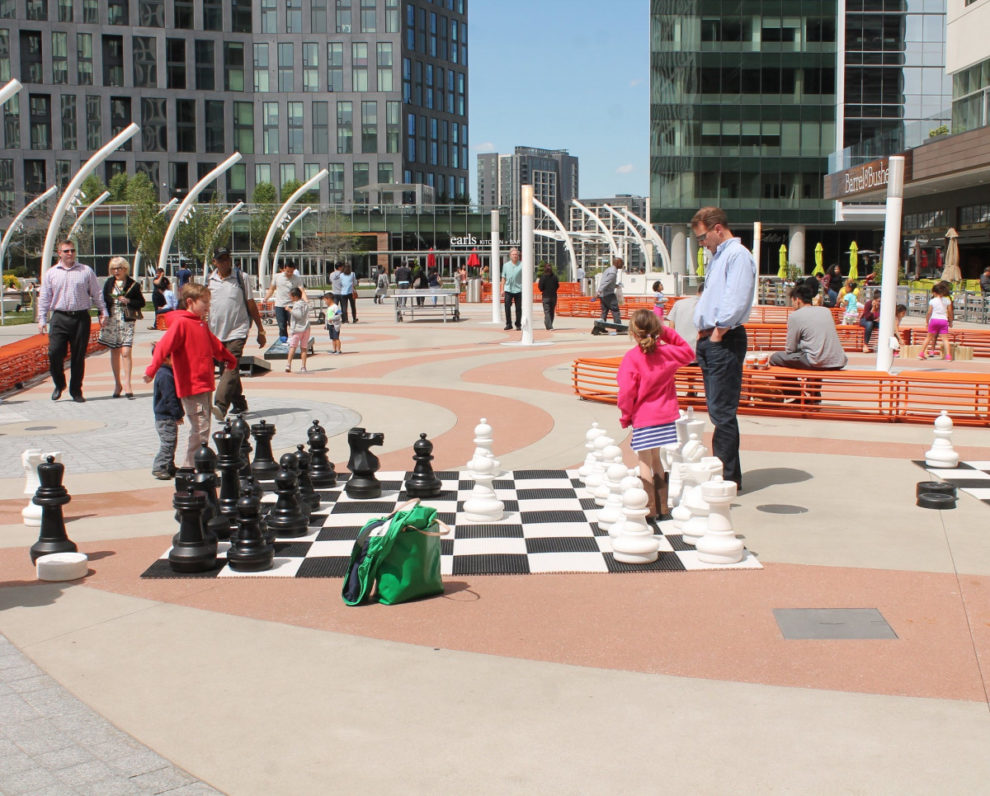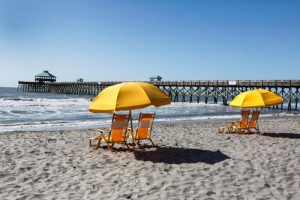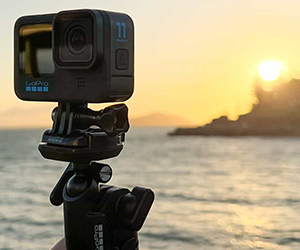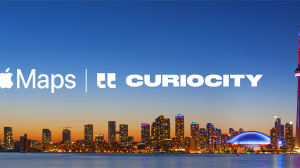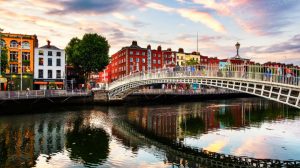TysonsCorner Center by Elvert Barnes accredited under CreativeCommons
Tysons is progressing from residential area to city, however attempt to walk and it still feels disjointed, with long strolls from one block to the next. Filling in these areas is a growing network of non-street courses, consisting of raised pathways and shopping center boardwalks.
Redevelopments like TheBoro consist of brand-new streets, streets, and pathways in the middle of blocks, and such kinds have actually been appearing all overTysons Bridges throughout Routes 123 and 7 supply access to the Metro while likewise linking areas to one another. Some of these are independently owned yet open up to the general public, instead of real public areas.
Will these provide Tysons the walkable feel its leaders pursue? We can gain from other cities around the globe that have actually developed personal courses and raised pathways like those that are quickly growing in Tysons.
What makes a network walkable?
To comprehend the significance of walkability, simply ask a real estate agent. In the Washington area, houses in walkable neighborhoods command a 67% lease premium But it’s not constantly user-friendly what makes a location walkable.
One of the most essential qualities is a highly-connected network of pathways. The connection of the pathway network figures out the number of locations you can reach from any place you’re beginning – whether those locations are tasks, dining establishments, transit stops, buddies, or pet dog parks. A more densely-connected network can broaden your world.
Clarendon(right) has an extremely securely linked path network, and pedestrians can access numerous locations quickly. Shady Grove (left) does not. Image by Metropolitan Washington Council ofGovernments
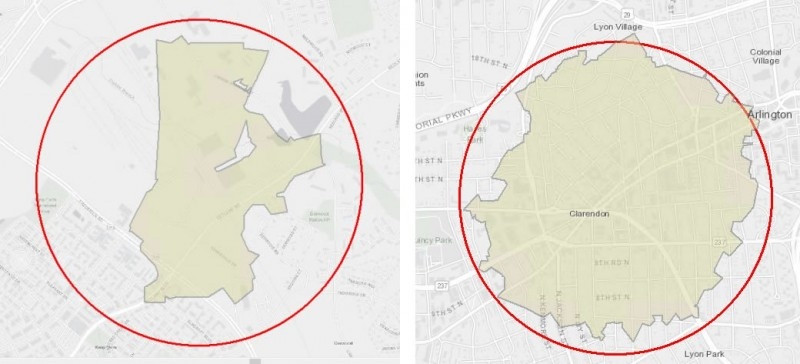
But the pathway network in Tysons is really inadequately linked Tysons was developed on a ‘superblock’ strategy – a design of Modernist city preparation popular in the 1960 s and ’70 s. Superblocks keep crossways far apart in order to decrease the variety of traffic signals a chauffeur waits at, with the adverse effects of constructing a skeleton of a pedestrian network that’s almost unusable for strolling to a location. For the Tysons of the late 20 th century this design worked all right. It kept vehicles moving and traffic was bad however not excruciating. But it can’t last permanently.
TheTysons of the 21 st century has currently devoted to be a center of 100,000 citizens and two times that numerous tasks by2050 In this hive, there will not suffice area for everybody to navigate in their own automobile. Fortunately, as Tysons grows, all of this activity will get closer and closer together. If we develop a tightly-connected pathway network, Tysonians will have the ability to obtain from their houses to their tasks to their supper dates all on foot. If we do not keep up, traffic will just become worse till the city grinds to a stop.
Anyone walking from TowersCrescent to the Tysons Corner Metro station will discover it most hassle-free to take the skyway linking their structure to the Tysons Corner Center shopping center’s parking lot, stroll throughout the garage, and go through the shopping center to get to the train.
The course from Towers Crescent to the Metro station, by method of: a bridge over a roadway, a parking deck, another brief bridge, a shopping center interior, a privately-owned above-grade plaza, and 3 more bridges above roadways. This is likely the quickest course in between these points. Image through GoogleMaps
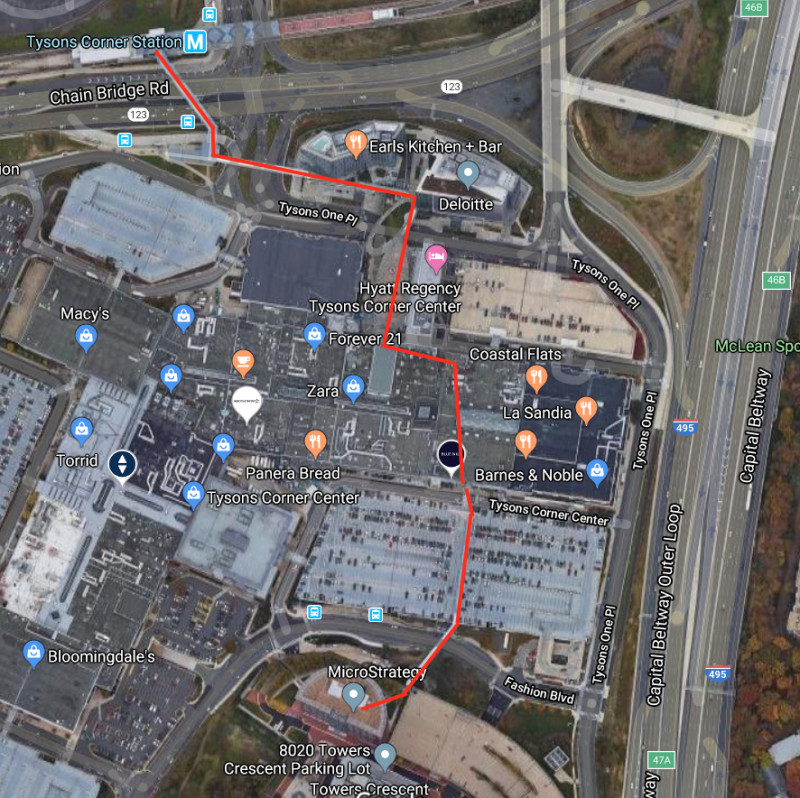
Elevated and privately-owned public area
To evaluate the sort of area I’m speaking about, we need to separate 2 specifying qualities. First, a minimum of a few of it is raised, an area committed to pedestrians above the asphalt of the roadways, with structures linked by bridges. Elevated pedestrian bridges are normally thought about to be really bad for walkability, however there are a handful of exceptions that we’ll talk about.
Second, it is a privately-owned public area, where many people are normally totally free to utilize, however where personal owners have the ability to impose their own guidelines, worked out in addition to governmental ones. It occurs that the Tysons Corner Center is both raised and privately-owned, however it’s rather possible to have one without the other.
These methods of utilizing area aren’t precisely a discovery. Let’s take a trip around the globe, as we examine equivalent areas.
6 1/2 th Avenue produces a faster way for pedestrians. by Z22 accredited under CreativeCommons
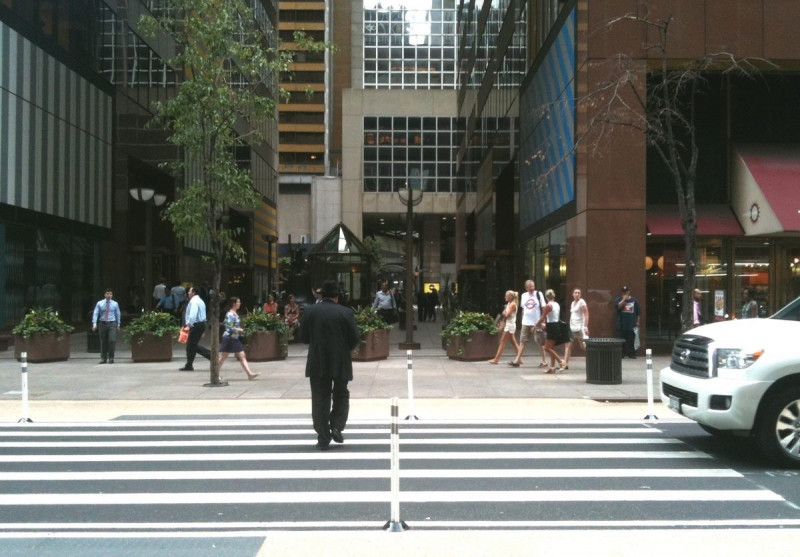
NewYork City, U.S.A.: 6 1/2 th Avenue
Manhattan’s ‘6½th Avenue’ links a passage of interior midblock passages for half a lots blocks, meaningfully enhancing connection in a hectic part of midtown that currently has a tight street grid. It’s a privately-owned public area, however rather of being raised it’s at street level. It links straight to the traditional pedestrian facilities of walkways and crosswalks, and the passages are connected to each other by crosswalks, not bridges. That implies that it improves pedestrian activity on the already-bustling street, instead of drawing individuals far from it.
Abdali Boulevard during the night. by Yanal Tayyem on Unsplash accredited under Creative Commons.
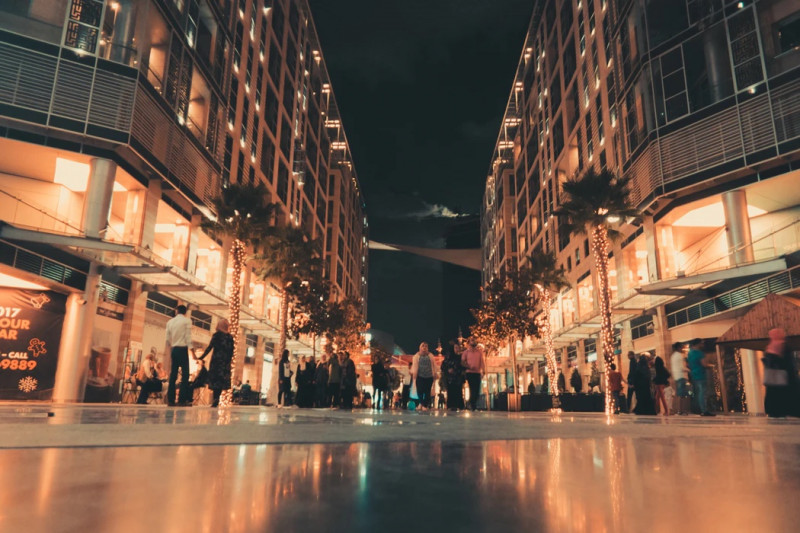
Amman,Jordan: Abdali Boulevard
Amman’s Abdali Boulevard, like 6 1/2 th Avenue, is a privately-owned public area that is not raised. Pedestrian- just, mixed-use, outdoors, studded with classy 21 st-century Levantine architecture, it is little bit more than a grand outdoor mall. Abdali Boulevard is direct in kind and lies at grade, however unlike standard boulevards it differs from Amman’s areas instead of linking them.
Commentators on Jordanian urbanism do not tend to concentrate on connection in their reviews. More frequently, they take objective at Abdali Boulevard’s neoliberal nature as an unique privately-owned public area, a piece of Dubai dropped intoAmman Private police officers secure all entryways, turning away most boys – particularly the poorer, darker-skinned ones – for worry of the ‘nuisance’ they may trigger to the elite females and households going shopping there. Several times while residing in Amman, I was informed at evictions that I might not go into, that the Boulevard was for households just, just to be confessed with deference after I changed from Arabic to English.
Skyways in Minneapolis draw pedestrians off the streets, which in turn end up being an inhuman zone of asphalt and concrete Image by Tony Webster accredited under CreativeCommons
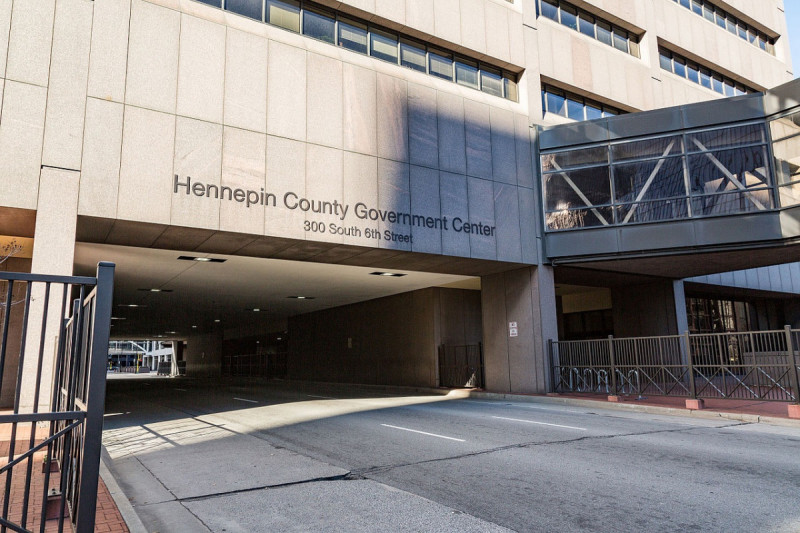
The skyways of Minneapolis
Minneapolis’ Skyway system is 11 miles long, controling the city’s downtown. It’s both raised and privately-owned. The network was born throughout the ’60 s, as the world of style was burning with architectural Modernism’s drive for partition of usages. Minneapolitans imagined a tidy, airy, climate-controlled world where individuals would promenade as vehicles whooshed around the unclean, freezing streets listed below.
That dream, some state, has actually ended up being a problem. The raised pathways pull individuals off the streets and far from each other. “They suck the public life out of the city,” stated one critic Because of their maze-like circuitousness, it’s unclear that these skyways use considerable enhancements to connection. Mainly, they assist pedestrians by letting them cross hectic streets loaded with vehicles – a function achieved in New York by crosswalks.
It’s worth keeping in mind that Minneapolis’ system wasn’t centrally prepared. Rather, it grew naturally. Commentators JenniferYoos and Vincent James describe the procedure as ‘autocatalytic’, discovering that “once established, such systems tend to expand, incrementally and informally, according to private and public development interests.”
CentralEscalator in Hong Kong by WingLuk accredited under CreativeCommons
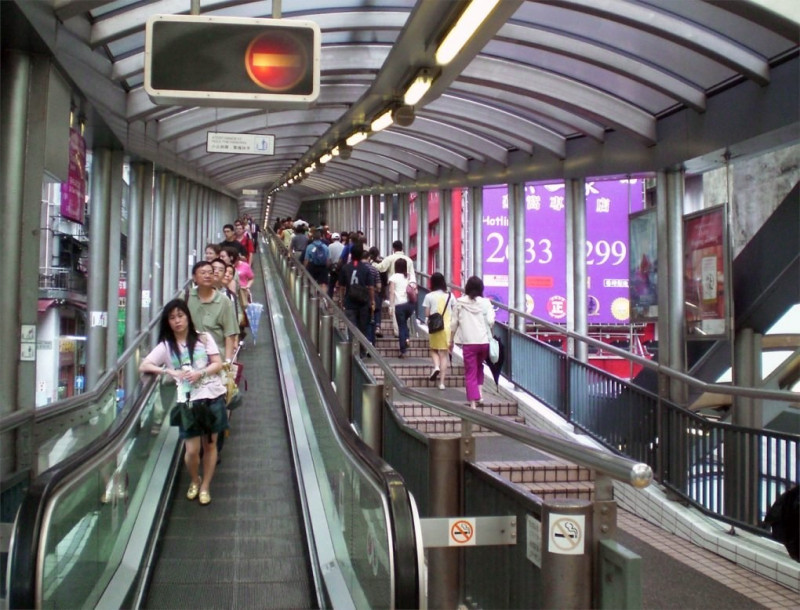
HongKong’s raised pathways
HongKong’s raised pedestrian network is the most substantial worldwide, and carefully looks like that ofMinneapolis It, too, grew naturally, a blend of personal interest and public guideline growing out from a single raised crossing integrated in the 1960 s. However, 3 qualities identify Hong Kong’s system from Minneapolis’: its transit-orientation; its more public nature; and its much denser population.
HongKong boasts a substantial and advanced public transit system, utilized by nine-tenths of the population. Buildings there are developed with the pedestrian and transit rider in mind. The stores and organisations of the raised pathways definitely gain from the transit system– however the relationship might be more parasitic than cooperative.
GGWash factor Payton Chung explains that:
” when personal companies are put in charge of creating pedestrian blood circulation networks, they will put their worths– mostly shuffling eyeballs past stores– over the general public’s requirement for readable, direct links from A to B. [O] nce the advancement has actually cornered the transit station, it will look for to allure the resulting pedestrian circulations within a spiderweb of passages.”
This can quickly beat any benefit that internal shopping center connection gives the pedestrian network.
It’s an understatement to state that Hong Kong’s personal and public sectors play various social functions from the United States. Writer and designer Jonathan Solomon, author of a book on the topic, explains that city’s skyways, concourses, and atriums as ‘aformal’, instead of official or casual. “It’s a collaboration between top-down government planning and kind of bottom-up market emergence that really wouldn’t function without the participation of the other,” he states.
In the United States, structure owners can close privately-owned interior public areas during the night, watching out for their self-interest and saving money on upkeep however rejecting usage of the area to late-night service employees and other nighttime wanderers. In Hong Kong, the more effective local government can mandate that such areas remain open all night long And, certainly, the general public has actually taken a sense of ownership over these areas. Solomon explains how on Sundays, the skyways fill with picnicking Filipina domestic migrant employees, who, doing not have official residency rights, have no place else to go. These aformal locations even pass the supreme test of public area: being utilized as locations for public demonstration
Density is another essential distinction. The ‘Fragrant Harbor’ reaches population densities above 100,000 individuals per square kilometer, 10 times as thick as the most compact parts of Minneapolis or Fairfax, making pedestrian facilities there even more essential. An extra point is that Hong Kong is a much hillier location than Minneapolis, and a lot more so than Tysons, and skyways are frequently handy for linking areas that may otherwise need climbing up a high flight of stairs.
Back to Tysons
After this around the world trip, what lessons do we have for Tysons? How can we prevent the risks of Minneapolis and Amman while pursuing the twinkles of hope from New York and Hong Kong?
These concerns, like all in metropolitan preparation, are up for dispute, however I will use 2 basic conclusions on the capacity of privately-owned public areas inTysons First, to enhance walkability, these areas must be additional to a pedestrian network that totally works in its own right. Second, for the sake of neighborhood, these areas must feel a heavy hand of public authority.
Lesson 1: Supplement walkways, do not change them
InNew York, a couple of faster ways through office complex contribute sturdily to a community’s walkability. In Amman, a pedestrian-only ‘boulevard’ of stunning landscape architecture offers no significant enhancement to connection. What’s the distinction?
The distinction is that in New York, the privately-owned public areas contribute to an existing system of pedestrian facilities. They attend to a problem, though small, in midtown’s walkway network (specifically, that long blocks are quite dang long). In Amman, to the contrary, the Abdali Boulevard neglects both the defects and the strengths of the existing pathway network – despite the fact that surrounding areas, particularly to its east and south, truly are really walkable. Rather, it sets itself apart as a location. Like Tysons’ shopping centers in their rural mode of years previous, it is a location implied for strolling that can just be quickly reached by automobile.
What modifications will make Tysons more walkable?
To prevent falling in the steps of Abdali, future such advancement in Tysons must guarantee that it is linked to the existing network in as numerous locations as possible – yes, by bridges, however likewise by paths, walkways, and particularly brand-new mid-block crosswalks. Fairfax coordinators must likewise continue to take every chance to utilize the advancement proffer procedure and Tysons tax district to direct cash into public enhancements to walkability around advancements.
If the Abdali Boulevard stops working due to the fact that it looks for to eliminate itself from the city’s walkways, Minneapolis’ skyway system stops working due to the fact that it looks for to change them. At its most enthusiastic, that network is attempting to bring all pedestrian traffic into the air– deserting the streets listed below to vehicles. Such an objective is neither useful nor preferable (even in Hong Kong, 3/4 of individuals choose to stroll at street level) nor at all great for residential or commercial property worths.
This technique– changing street-level walking, instead of supplementing it– is a genuine threat forTysons For Tysons to attain its objectives of a sustainable, habitable future, it needs to achieve the objective of the Tysons Comprehensive Plan to change paths 123 and 7 into “tree-lined boulevards designed to calm traffic through the most urban parts of Tysons while still moving traffic.” Because they sidetrack from the requirement for safe at-grade crossings, pedestrian bridges over these roadways are incompatible with that strategy – though bridges over highways like the Beltway are important.
This infographic from the (from my company, though I didn’t make it) reveals the benefit of at-grade crossings over pedestrian bridges. An post describes more Image by Institute for Transportation and Development Policy utilized with approval.

From our perspective in 2020, it’s difficult to envision the brand-new kinds that indoor/outdoor walkable urbanism might take. Might we one day see a track of lanes for e-scooters, from the city station to the areas by method of the indoor shopping center? Might we one day see an indoor online forum, like Rotterdam’s biophilic market hall? Or a civic usage, like a school or library, developed along such a structure?
I have actually utilized Tysons Corner Center as an example, however it is far from the only structure that can discover brand-new methods of fitting into Tysons’ walkable grid. Other structures, old and brand-new, share much of the exact same characteristics– particularly when they’re big enough that it’s an inconvenience to walk them instead of through.
Tysons is still inchoate, waiting to take kind. That kind will most likely continue to have massive mall and other big structures with interior areas and passages. But we have not yet chose whether those areas will add to sustainability by assisting in walkability and transit usage in between numerous origins and locations, or whether they will rather stay developed particularly to communicate individuals to their own stores and organisations. I have actually done my finest to gesture at a couple of services utilizing the tools of metropolitan style, however to make bring those services to truth we’ll require to look beyond style and go into the world of the political.
Lesson 2: Power to the general public
Tysons wishes to be “America’s Next Great City.” But a genuine city can never ever be discovered in a landscape of gated enclaves, whether they tower into the sky or sprawl into neighborhoods. It needs to be a location with a real public world, where all are welcome. For Tysons to conquer its credibility as a culturally-inauthentic made residential area, it needs to discover the strength – whether by method of the Tysons Partnership, Fairfax County, or some other public celebration – to guarantee that its brand-new metropolitan locations are really for all individuals.
The active ingredients are currently here. Most advancement is currently discretionary Many public outside streets are currently privately-owned
InHong Kong, a strong local government safeguards the right of regular residents to put together, whether for demonstration or for picnics. High population density and special location have actually left the city with indoor raised pathways and galleries rather of the European- design public squares and alleys. But instead of give up those areas to the control of rich elites, the hand of the local government has actually made sure that they are open, like the walkways listed below them, to all parts of the lives of the citizens.
Just as essential, strong public guideline can guarantee that the pedestrian connections are developed in such a way that adds to walkability, with direct courses and numerous connections to walkways, instead of in such a way that optimizes earnings for a couple of people at the expenditure of the general neighborhood.
Gruen’s Dream
TheAustrian designer VictorGruen developed the very first mall in the United States and was among the essential figures behind Minneapolis’ skyways. Gruen idealistically wished to provide Americans the general public world he valued in his native Vienna– walkway coffee shops, civic spirit, and serendipitous encounters with next-door neighbors. Some 60 years later on, Tysons has an opportunity, though it will take battle, to revamp the shopping center’s function and bring Gruen’s dream to truth.
“Summer in the Sprawl, the mall crowds swaying like wind-blown grass, a field of flesh shot through with sudden eddies of need and gratification… He shifted on the concrete, feeling it rough and cool through the thin black denim. Nothing here like the electric dance of Ninsei. This was different commerce, a different rhythm, in the smell of fast food and perfume and fresh summer sweat”
-WilliamGibson, Neuromancer
Source link .









